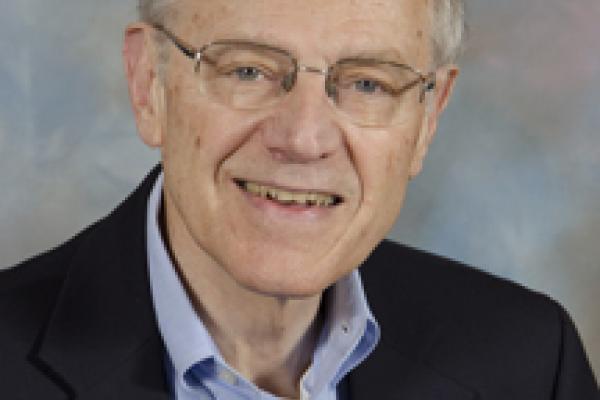
Entanglement in classical physics is becoming widely recognized as real, and applications are being pursued. A basic question is whether the emergence of this 'quantum' property in classical contexts has any influence on the much discussed but little agreed-on location of the boundary between classical and quantum domains. Experimental tests of Bell Inequalities using entirely classical approaches have begun to appear. We will explain why violations of the best tested (CHSH) Bell Inequality should be expected to be possible with classical means. We will describe the results of an initial experiment in this direction, using classical observation of classical optical fields instead of photon production and photon counting, while remaining within the Bell-Shimony theoretical constraints.
